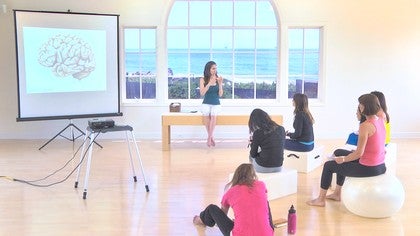Premium workshop
You can view a 2 minute preview. For details, scroll down below the video.
Description
Objectives
- Learn new ways to use props to support the body
- Learn how to observe the body to see how everything the client does will affect their recovery
- Learn how muscle imbalances will affect the rest of the body
About This Video
Workshops: Body Pathologies and Conditions
Comments
You need to be a subscriber to post a comment.
Please Log In or Create an Account to start your free trial.















